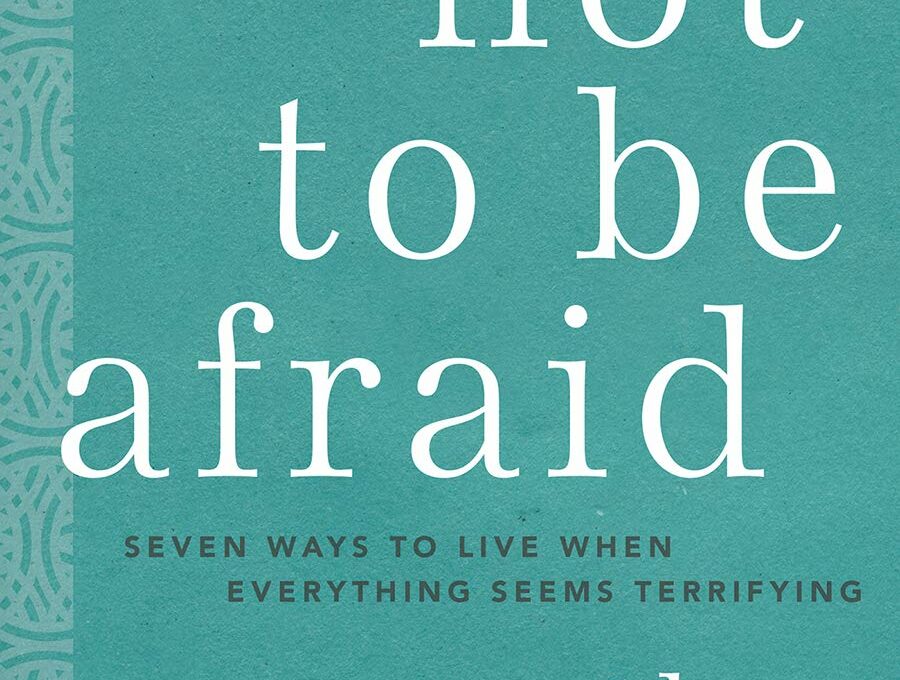It might sound like a weird question, but what comes first, perception or storytelling? The two are so intricately interwoven that by the time many of us are able to form a worldview it is impossible to call it our “own,” so shaped are they by the stories others have told us about the world and how it works…or should work. The simplest way to put this might be through the saying that children aren’t born racist.
A central goal for author, activist, and storyteller Gareth Higgins in his new book How Not to Be Afraid: Seven Ways to Live When Everything Seems Terrifying is not specifically how people become racist (although after reading his latest book you might have a better understanding of or empathy for how/why this happens), but rather an examination of fear or, more specifically, seven forms of fear that result form the stories (lies) many of us are told about our world, our neighbors, and ourselves. Make no mistake, Higgins is not saying fear isn’t real, important, or useful. Growing up in northern Ireland during The Troubles, he experienced violence and fear the likes of which many of us (at least those of white, middle class upbringing in the United States and many other parts of the world) will never know. Our ability to feel fear is part of what makes us human, an evolutionary gift passed down from our ancestors who learned how to avoid sabertooth tigers. What isn’t natural is the way in which our amygdalae have been kicked into overdrive by systems and individuals that do not love us.
Higgins argues, or rather beautifully illustrates, how fear often takes undue control over our bodies, minds, and spirit. It does so for a variety of reasons: we are told the wrong story or we have internalized harmful stories that often present a very one-sided, shame-based, and domination-oriented view of the world and human relationships in it. We have been told the lies of scarcity, insufficiency, brokenness, danger, meaninglessness, and death, and we…are…terrified. We react violently (fight), fearfully (flight), or not at all (freeze), but rarely effectively. We see this from the individual to the national level.
Higgins offers a clear, empathetic understanding of the origins and role of fear, but he is equally precise in his deconstruction of the ways in which the principalities and powers of our age monopolize and monetize that fear. Thankfully, he provides stories and practices that can help us be less fearful, and, while you should read the book to discover these blessings for yourself, it’s not too much of a spoiler here to say that he recommends sheltering ourselves in new and better stories. Perhaps my favorite image at work in this book (and there are many to choose from!) is that of the shelter’s indifference to the storm as it protects us from the wind and the rain. Just because we are sheltered doesn’t mean we will be unafraid or completely and totally safe, but it’s sure better than being caught in the middle of a downpour with nowhere to turn.
Everyone who has read or will read this book knows fear and can take comfort in the fact that countless others share similar fears. But the stories that need to be re-told to help shelter them from those fears will be gracefully unique. In a time where it is safer than ever to be alive (on the whole) but are made to feel–through the news, social media, and entertainment–the exact opposite, How Not to Be Afraid is a tonic and a gift for those with ears to hear, eyes to see, and voices ready to tell healing stories.
